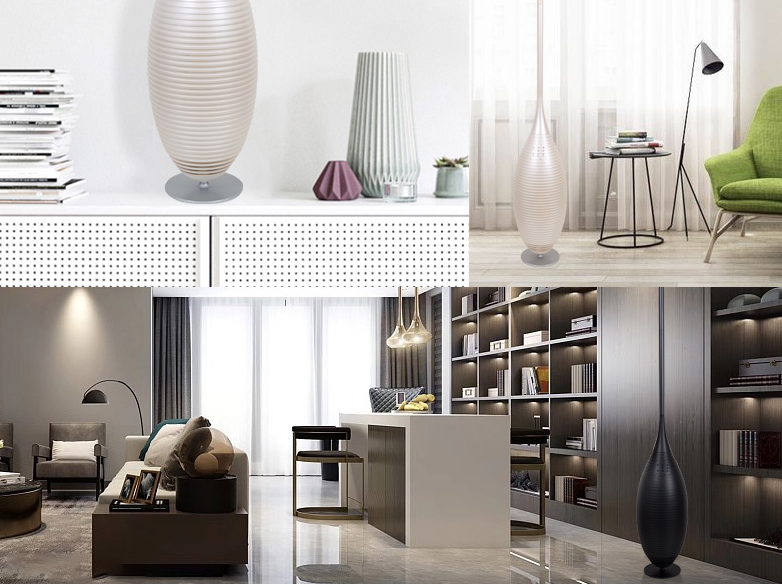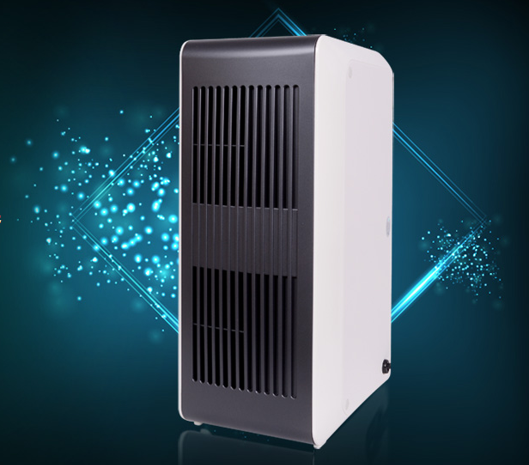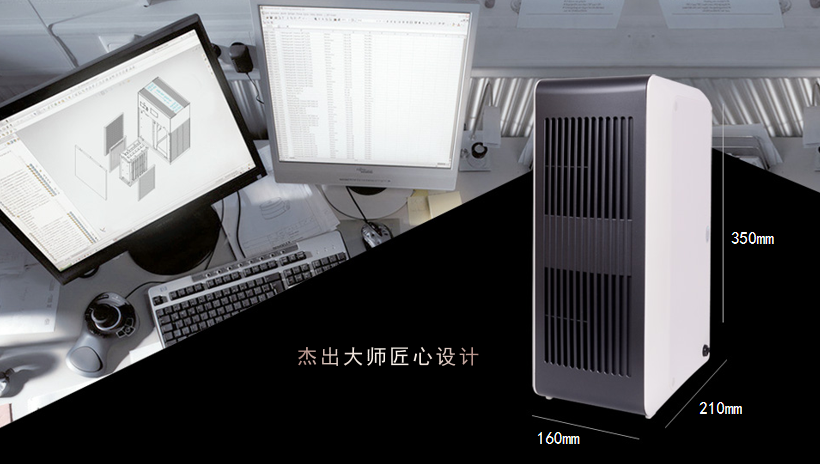Air Purifiers Help Rhinitis Allergy (2)
To continue…
Suggestions for creating a healthy environment from the following four aspects
1. Reduce allergens in your home
Common indoor objects and surfaces that can contain allergens such as dust mites, mold and pet dander and trigger indoor allergies may include the followings:
• Toys such as stuffed animals hide dust mites, mold and pet dander.
• Clothes left on the floor or stored in drawers for long periods of time may contain allergens.
• Carpets contain relatively high concentrations of allergens, especially mold, because they are difficult to keep dry. Frequent cleaning and vacuuming are recommended.
• Hard-surface floors can be substituted for carpet, but care should be taken to minimize exposure to indoor pollutants when waxing or disappearing (contact the manufacturer for a low-VOC cleaning product) to reduce symptoms of rhinitis.
• Furniture and pressed wood emit high concentrations of VOCs and formaldehyde, respectively.
UV Light Air Purifier 254nm wavelength uvc lamp sterilizer
According to the U.S. Environmental Protection Agency (EPA), home ventilation is important for reducing indoor air pollutants by exchanging air between outdoor and indoor dwellings. Do it every day during the day, for a maximum of 10 minutes at a time.
• Home ventilation should go hand in hand with certain indoor activities, such as cooking preferably with a range hood, or showering to minimise moisture in the bathroom or bedroom.
• Interior decoration and murals require proper home ventilation.
Modern heating systems combined with HEPA filters
) and regular filter cleaningensure efficient home ventilation
. In addition to this, it is advisable to regularly open windows to allow outside air to ventilate if outside weather conditions and pollutant levels permit.
• It is not recommended to ventilate the house during times of high pollen, fungal spores or air pollutants.
Heat Recovery Ventilation System energy saving with hepa filter
3. Bedroom Tips
Mattresses, pillows, and blankets often harbor mold and dust mites, which can breed on pet dander. Allergens from these various sources can trigger allergic symptoms. This can be counteracted by:
• Wash bedding weekly with 54°C hot water and bleach to kill dust mites and their eggs and mold spores.
• Use commercially available anti-mite bedding.
• Renew mattresses every 8-10 years.
• Prevent pets from entering bedroom areas.
• Vacuum your bedroom to reduce allergen load.
• Avoid eating in the bedroom.
The purpose of removing house dust is to reduce allergens, not to disperse them, so cleaning products should be chosen wisely.
• Feather dusters can scatter dust and allergens and should be avoided
• A damp cloth is better for wiping off dirt than a regular cloth. The latter can simply interfere with allergens, which are again airborne and floating on other indoor surfaces.
• The vacuum cleaner should be tightly sealed to avoid dust leakage, whether or not it has a HEPA filter. The dust container in the vacuum cleaner should be emptied and cleaned outdoors to avoid spreading dirt indoors.



